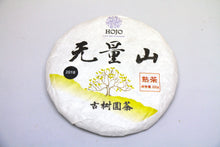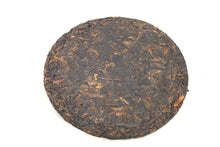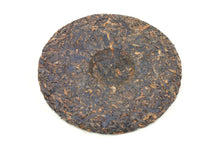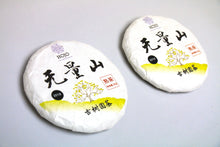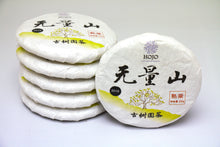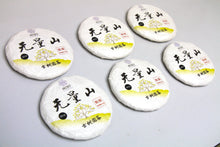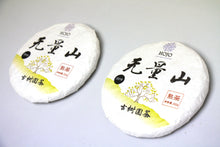
 |
||
| Wu Liang mountain range |
|

Tea grows in the mountain
Wu Liang Shan ripe pu-erh is made from tea trees that are around 200-300 years old.
Typically, ripe pu-erh is produced using leaves from tea plantations, while high-quality raw pu-erh is crafted from ancient tea trees found in the mountains. What sets Wu Liang Shan ripe pu-erh apart is that it comes from these ancient trees, not from plantations. These semi-wild trees grow on the mountains and are picked once or twice a year by ethnic minorities, who climb the trees to handpick the leaves—a labor-intensive process. For these communities, the tea trees are like "wild vegetables" growing in their natural environment, and no fertilizers or pesticides are used.
Tea from ancient trees in the mountains is rich in minerals compared to tea from plantations. The slow growth and deep root systems of these trees allow them to absorb more minerals, enhancing the flavor of the tea. One key mineral in pu-erh tea is iron, which is vital for blood production, making it especially beneficial for people who are prone to anemia, particularly women.
Health Benefits
Tea with a prolonged, rich flavor is often high in iron. When consumed, it provides a warming sensation, a healthy flush to the skin, and a deep sense of relaxation. The iron content supports blood production and circulation, which in turn promotes better sleep. Improved blood flow helps the body relax more effectively, allowing for a deeper, more restorative sleep.
Effects to our body
 |
|
| Plucking tea is not an easy job |
|

There are a number of old tea trees available in Wu Liang Shan
 Loose leaves before compression
Loose leaves before compression
 |
|
| If tea looks as thick as this photo, you need to dilute it with hot water.
|








